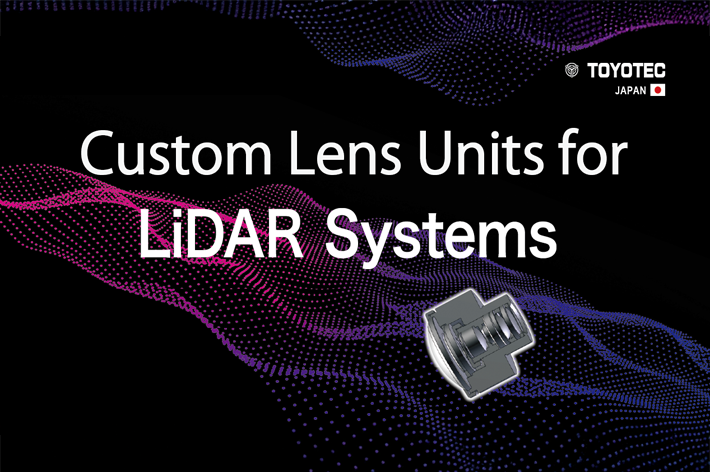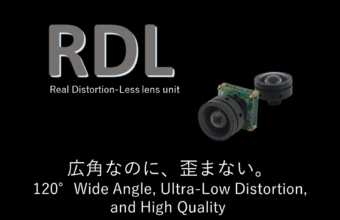All About Optical Systems and Lens Technologies
(LiDAR) Wie groß ist die Blendenzahl des Objektivs, das bei allgemeinen LiDAR-Anwendungen verwendet wird?



Unserer Erfahrung nach ist die F-Zahl 1,2~1,4 die häufigste.
Das von TOYOTEC entwickelte Lichtempfangsobjektiv für LiDAR hat eine F-Zahl von 0,8, was ziemlich hell ist.
TOYOTEC hat durch sein einzigartiges Design eine Linse realisiert, die ca. 30% kürzer in der Gesamtlänge ist und eine niedrigere (hellere) F-Zahl als die typische Lichtempfangslinseneinheit hat.
 JP Phone: 0533-85-3000
JP Phone: 0533-85-3000


